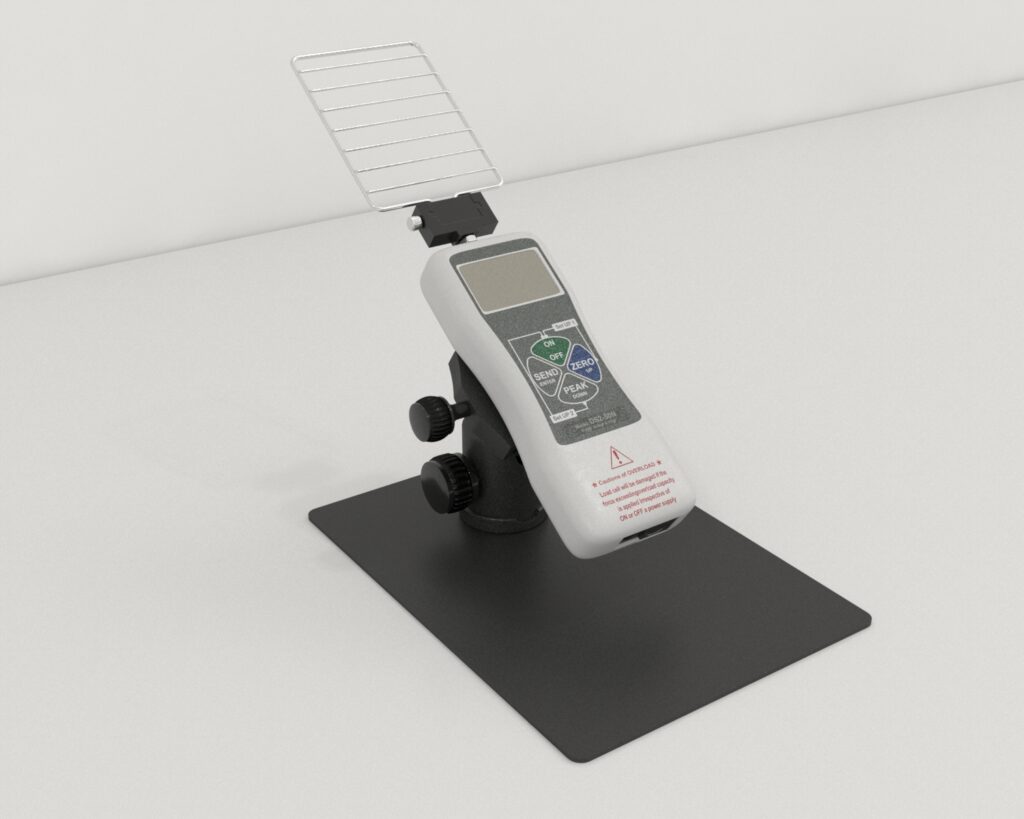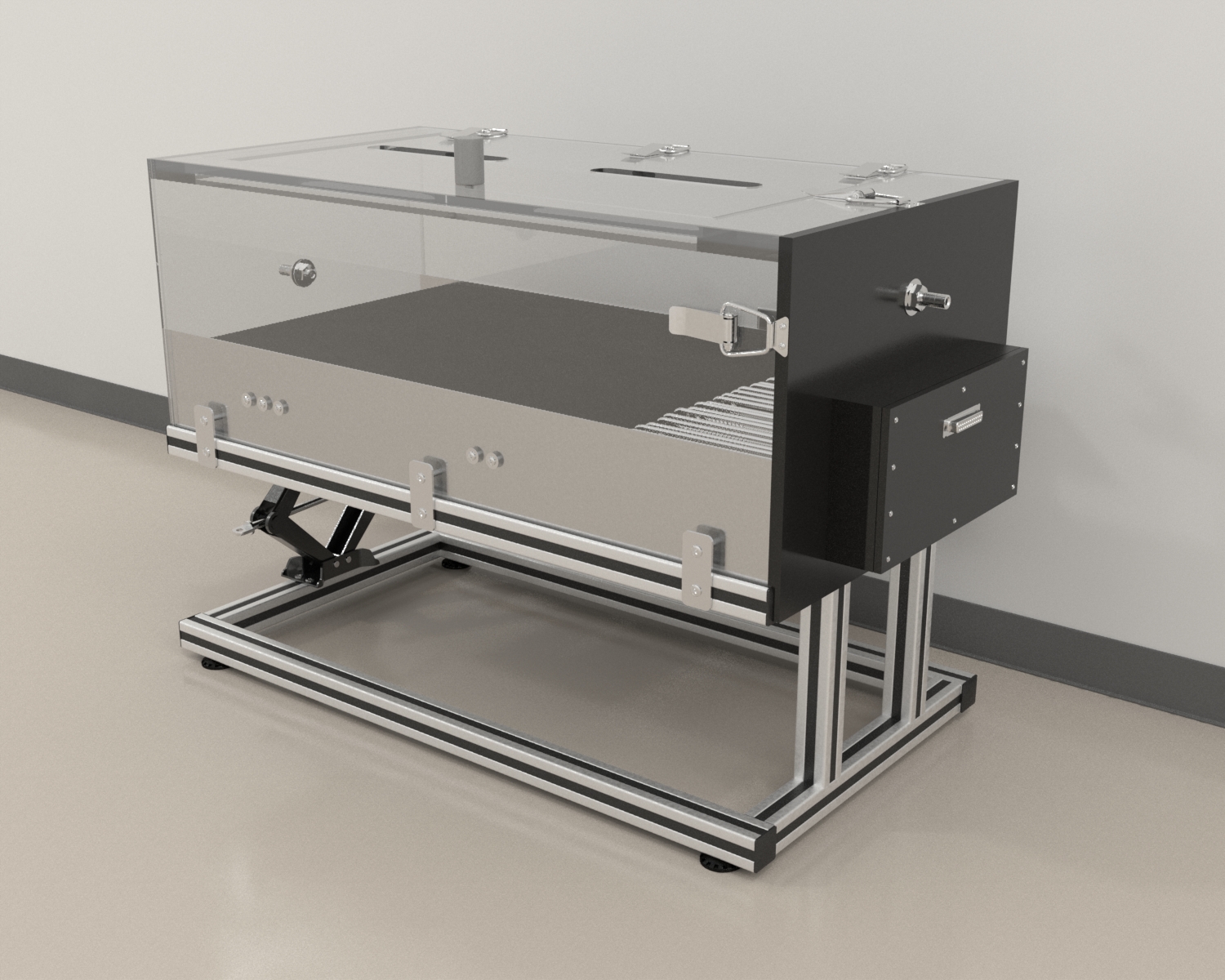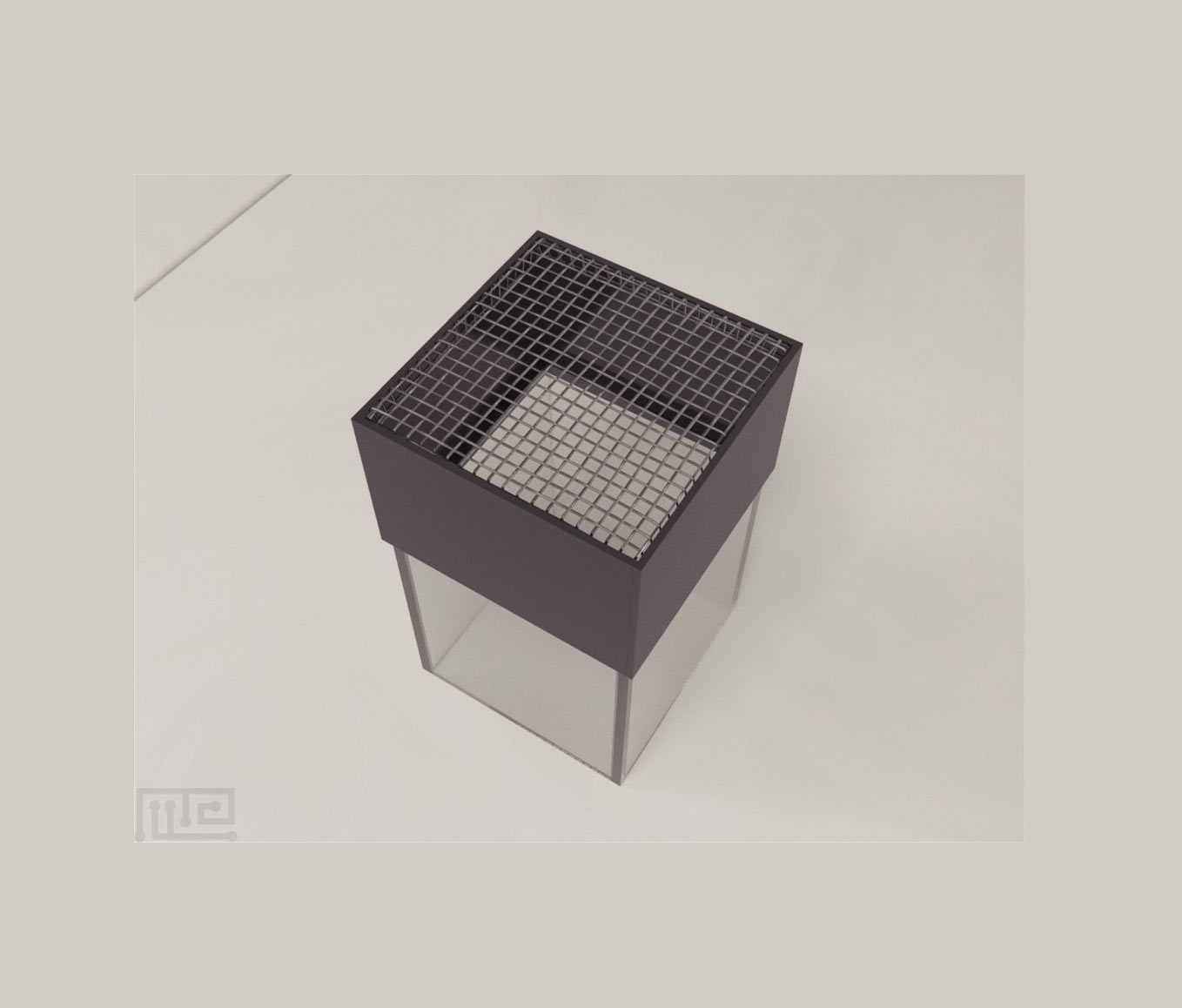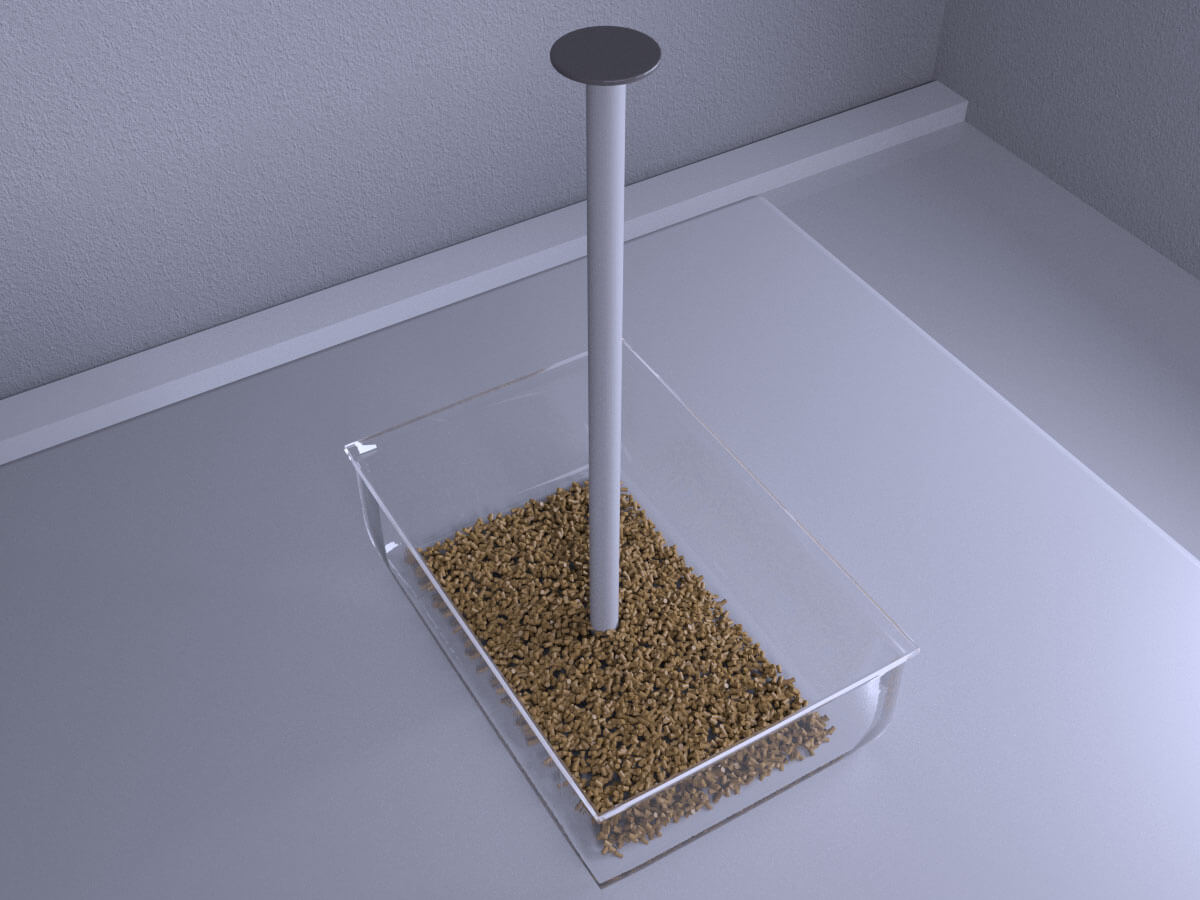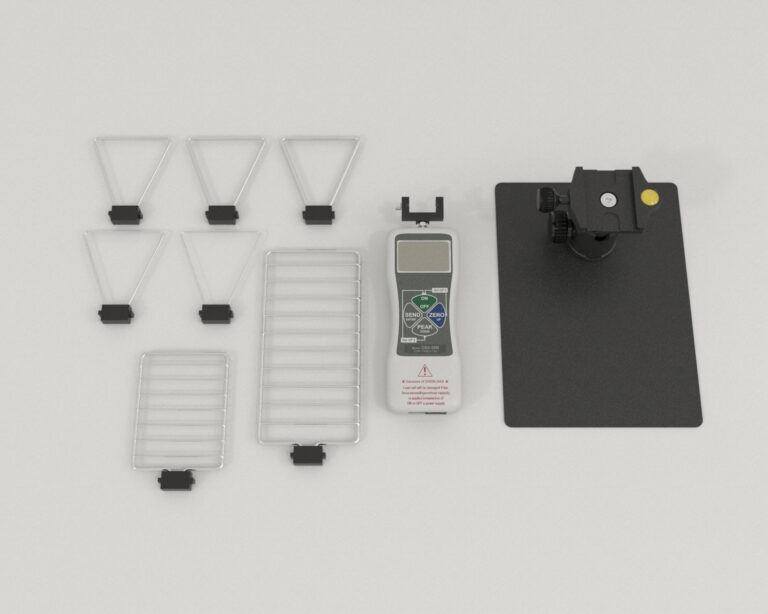To reference this article
Grip Strength Tests in Rodents, Maze Engineers (2023). doi.org/10.55157/CS2023109
The grip strength test is one of the most commonly applied tests in animal laboratories to measure neuromuscular functions or disorders. It was first developed in the 1970s.[1] Today a wide range of techniques are available to study muscle strength in rodents. These methods are categorized into two categories:[2]
Invasive methods
In-situ and in-vitro measurements of muscle force are invasive methods.
Non-invasive method:
This method only includes in-vivo measurement tests to analyze muscle force such as treadmill tests, grid tests, vertical pole test, and grip strength tests.[2]
The most convenient technique of all tests is the grip strength test. It’s most convenient and causes less stress to animals. The grip test has been widely used in order to investigate the phenotypes of transgenic mice with neuromuscular disease and evaluate potential compounds involved in the motor functioning of organisms. The tests have been serving the purpose for 30 years either alone or in combination with other tests.[2]
Among many grip strength tests, one is forelimb grip strength. It’s used to measure the strength of forelimbs by pulling the tail of a rodent while it holds the bar of the test apparatus connected to a monitoring device.[2]
There are many factors that can influence the values obtained through grip strength, such as a rodent’s motivation to grip the bar and inspectors’ inconsistent procedures.[2] Still, rodent motivation is the major issue because it produces inconsistent results, thus forcing researchers to repeat experiments, again and again, to obtain reliable and validated values.
In this article, you will learn more about the grip strength procedure and its advantages and disadvantages and the apparatus used to perform the test.
Apparatuses to Measure Rodent Grip Strength
The grip strength test is performed by using the grip strength apparatus. It measures the motor functions of rodents when they grasp a specially designed pull bar assembly with a peak amount of force.[3] The peak force applied is displayed on a digital display with precision force gauges. You can either manually record values or use the included software to do so automatically.
To match the rodent’s strength, the grip strength is equipped with a small and large grip plate. They also measure the tensile force generated and provide output mean values to accurately determine the grip strength of the animal.[1]
To eliminate operational errors in time, the instruments are equipped with an error value elimination function. This improves data authenticity. Some advanced grip strength apparatus can help you to determine both, a forelimb grip strength test and a hindlimb grip strength.
Further, the grip strength apparatus contains a trapezoidal stainless-steel grip, a baseplate, and a force sensor, which records data after connecting to a computer. For different animals, the apparatus comes with two sizes of grip plates, large and small.[3]
Procedure to Measure Rodent Grip Strength
- Set up the connection of the grid to the sensor firmly in place. It prevents the grid from turning around.[1]
- Activate the sensor and select peak mode. It enables you to measure the maximum force exerted by the mouse. The output of the measured strength is delivered in the default unit of force, which is grams.
- Reset the display sensor to zero.[1]
NOTE: You may permanently damage the strength gauge if you apply loads greater than the nominal capacity of the force sensor.[1]
- Apply grip strength force:[1]
- Take out the rodent out of its cage by grabbing it from the tail base between your forefinger and your thumb.
- Measure forelimb strength:
- Position the rodent horizontally over the grid while keeping the torso horizontal. It allows the forepaws of the mouse to attach and stabilize them to the grid to easily obtain the measurements.
- Make sure the rodent stays horizontal and grips the top portion of the grid as you pull it back by the tail
- Make a note of the maximal grip strength value that appears on the screen for the mouse when it is pulled back by its tail. Repeat this procedure three times in order to obtain three measurements of the grip strength of the forelimb.[1]
- Measure hindlimb and forelimb strength:[1]
- Keep the torso parallel to the grid as you lower the rodent over the grid. It allows both the forepaws and hind paws of the mouse to attach to the grid before taking any measurements.
- Remove the rodent by gently pulling it back through its tail while ensuring its torso remain parallel with the grid.
- Take note of the maximum grip strength of the rodent as visible on the screen.
- To obtain three grip strength measurements for forelimb/hindlimb grip, repeat this procedure twice more.[1]
- Record the weight of the rodent by placing it on the balance.
- Keep a note of any other observations made during the test, such as the failure of the rodent to hold/grip the grid.[1]
- Put the rodent back in its cage.
NOTE: Before testing each cage of the rodent, clean the grid of the testing apparatus with ethanol (50%) then allow it to completely dry [1].
Rodent Grip Strength apparatus and included accessories
Factors Affecting the Rodent Grip Strength Test
Parametric Factors
Trial angle, sampling rate, and trial speed have a major effect on grip strength. For example, increasing the sampling rate from 20 to 1000 Hz doubles the grip strength, however, increasing the trial angle reduces the grip strength.[4]
Peripheral sensory nervous system damage
Studies have shown that any neuronal damage in rodents affects their grip strength.[4] For example, after one dose of 10 mg/kg DX iv, male Sprague-Dawley rats displayed clumsiness in their hindlimbs that progressed to their forelimbs, as well as decreased sensory responsiveness.[4]
Diet restriction-induced changes in body weight and muscle mass
Studies have shown that a decrease in body weight results in a decrease in grip strength.[4] Diet restriction in lab rodents led to reduced hindlimb grip strength associated with body weight loss without evidence of an affected nervous system.[4]
Advantages and Disadvantages of the Rodent Grip Strength Test
Conclusion
The grip strength test is one of the most commonly used tests in animal laboratories. It’s applied to study the motor and neuronal functions of the organisms and any disorders associated with them. It’s a multi-step process, which you should carefully perform to obtain reliable data.
Many factors affect the output of the grip strength test, such as diet restrictions, handling, the weight of the organisms, nervous disorders, and parametric factors. They can either increase or decrease the grip strength of the organisms.
The grip strength test has many advantages easy to perform, reliable to measure the muscular strength of the organisms and assess motor toxicity. However, with these pros, the test has also some cons that you need should definitely know about, such as muscle fatigue due to over-testing, inaccurate data due to disability or handling, and operational errors while working with conventional apparatus.
References
- Grip Strength.
- Takeshita, H., Yamamoto, K., Nozato, S. et al. Modified forelimb grip strength test detects an aging-associated physiological decline in skeletal muscle function in male mice. Sci Rep 7, 42323 (2017).
- Grip Strength Test.
- Maurissen, Jacques & Marable, Brian & Andrus, Amanda & Stebbins, Kenneth. (2003). Factors affecting grip strength testing. Neurotoxicology and teratology. 25. 543-53. 10.1016/S0892-0362(03)00073-4.

